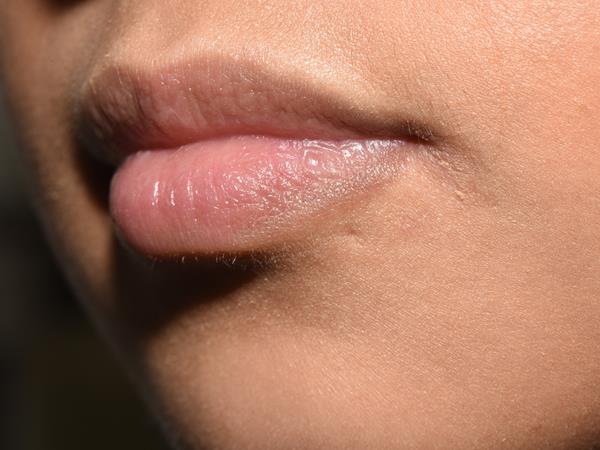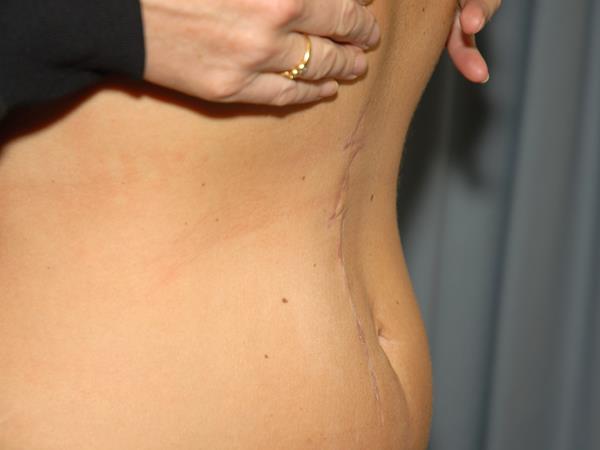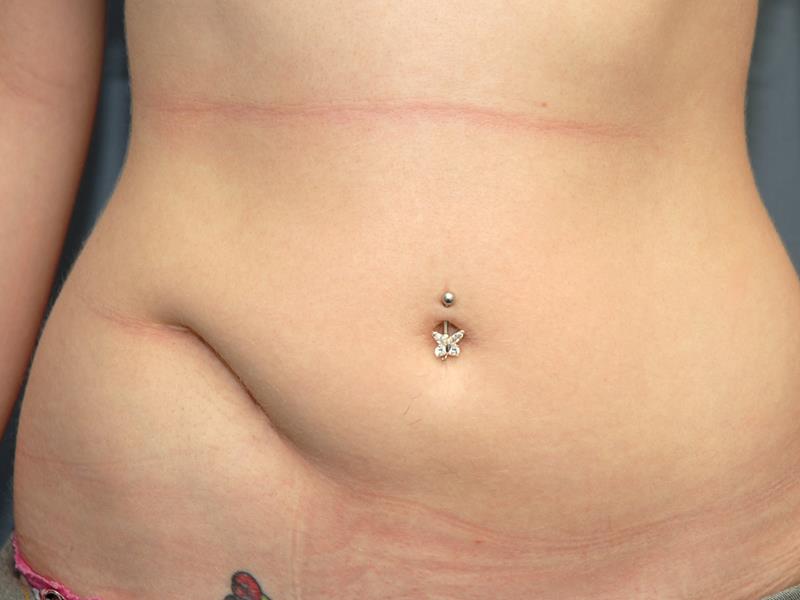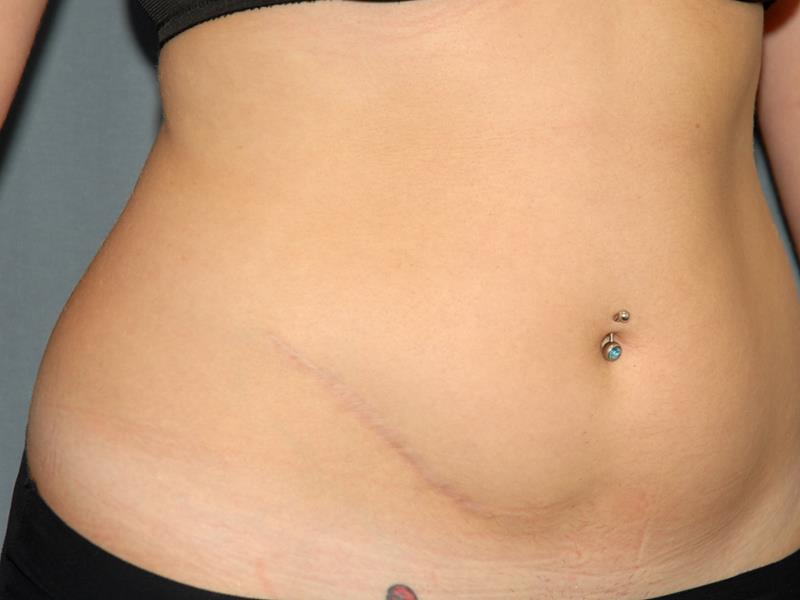When a wound heals it lays down scar tissue to join the sides of the wound together. This is then visible as a scar.
Most scars start off red and then after a few months fade so the result is the scar is often paler than the surrounding normal skin. Scars may shorten or tighten after they have formed. Scars will usually go through a period of maturation in which they soften, fade and flatten that lasts months before they reach their final appearance.
Scar appearance is very variable between individuals and from part to the body to another in the same person. Some scars can be almost invisible where others are very visible and unsightly.
When a wound has healed normally and produced a poor scar, surgery to improve the scar is less likely to be successful. If the scar is old then it may be worth attempting surgical improvement but there is a risk the end result may be no better.











